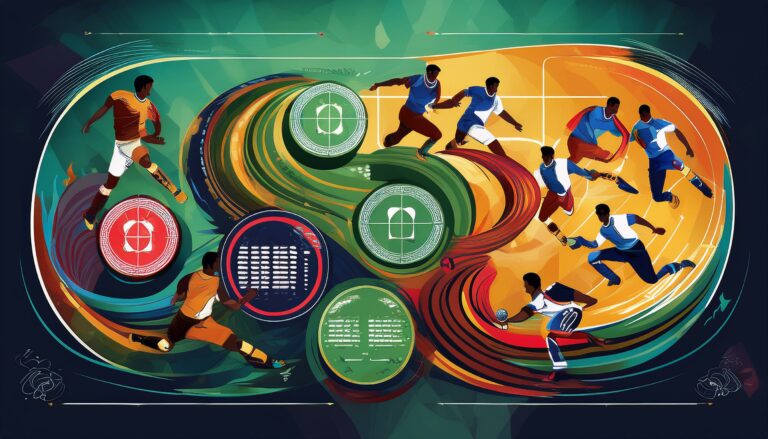How to Use Technology to Improve Cricket Injury Prevention: 99exch, Reddy Anna Book, Allpanel
99exch, Reddy Anna Book, All Panel.com, Allpanel: Wearable technology has revolutionized the way athletes and trainers monitor injuries. By integrating sensors into devices like smartwatches and fitness bands, real-time data on biomechanics, heart rate, and movement patterns can be collected efficiently. This information allows for the early detection of potential issues and customization of training programs to prevent injury.
Furthermore, wearable technology enables remote monitoring, making it easier for coaches and medical staff to track athletes’ progress without being physically present. This data-driven approach not only enhances injury tracking but also provides valuable insights for optimizing performance. With the continuous advancements in wearable technology, the future of injury prevention and athlete monitoring appears promising and highly effective.
Analyzing Biomechanics with Motion Capture Systems
Motion capture systems have revolutionized the way researchers and professionals analyze biomechanics in various fields, from sports to healthcare. By capturing movement data with precision and accuracy, these systems provide valuable insights into the intricacies of human motion. Researchers can use this data to identify biomechanical patterns, study movement efficiency, and pinpoint potential areas of improvement to optimize performance or prevent injuries.
One of the key advantages of motion capture systems is their ability to track movements in real-time, allowing researchers to have a detailed understanding of the kinematics and kinetics involved in various activities. This technology enables the detailed analysis of joint angles, muscle activations, and forces exerted during movements, providing a comprehensive assessment of biomechanical parameters. By utilizing motion capture systems, researchers can gain valuable information to enhance training programs, design ergonomically sound equipment, and develop personalized interventions for injury prevention and rehabilitation.
Implementing Virtual Reality for Injury Prevention Training
Virtual reality (VR) is revolutionizing injury prevention training by providing athletes with immersive and interactive simulations of real-life game scenarios. By simulating high-intensity situations in a controlled environment, athletes can practice decision-making, reaction times, and technique under pressure without the risk of actual physical harm. This not only enhances their physical skills but also sharpens their mental acuity, leading to better injury prevention strategies on the field.
Moreover, the use of VR in injury prevention training allows coaches and sports medicine professionals to gather real-time data on an athlete’s movements and reactions. This data can be analyzed to identify potential areas of improvement in technique or form that could increase the risk of injury during gameplay. By pinpointing these weaknesses early on, coaches can tailor training programs to address specific issues and minimize the likelihood of injuries occurring during competition.







